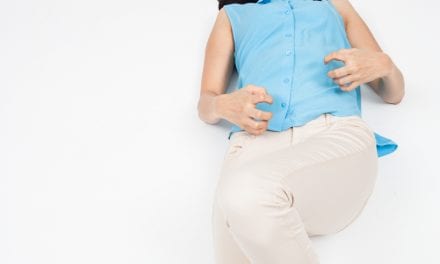National Government Services (NGS), Jurisdiction B Medical Review, will be conducting a widespread prepayment medical review of claims for continuous positive airway pressure (CPAP) devices.
“A prepayment review of CPAP reflects CMS’ view that a good number of DME suppliers are billing CPAP incorrectly—whether as a result of innocent processing errors or intentionally to avoid or short-circuit the complex documentation required to properly bill the device,” said health care attorney Daniel Brown, of Greenberg, Traurig, LLP in Atlanta.
According to NGS, suppliers of the selected claims will be sent a documentation request letter in the mail for the specific information. Contacted suppliers will have 30 days from the date of their letter to return the requested documentation or the claim will be denied as not medically necessary.
“Suppliers selected for an audit should always respond with complete and accurate information. Not responding in the time frame required or not including all documentation will cause suppliers to remain on pre-pay audit until they reach an acceptable ‘clean claim’ rate. This will have a serious impact on their cash flow, “ said Peggy Miller, Senior Consultant, DME Defender, Houston. “Suppliers must ensure they and their staff are aware of all documentation and compliance issues related to the services they provide. Suppliers should also conduct stringent chart audits to verify their company compliance with regulatory issues.”
According to NGS, the documentation that must be supplied by the contacted suppliers will consist of the following:
• A detailed written order, signed and dated by the treating physician, for the CPAP device and any other accessory billed on the same claim;
• Medical records documenting a face-to-face clinical evaluation by the treating physician, prior to the sleep test, to assess the patient for OSA. This report would commonly include pertinent information about the signs and symptoms of the sleep disorder, duration of symptoms, cardiopulmonary and upper airway exam, neck circumference, and body mass index (BMI);
• The report of a Medicare-covered sleep test. If the test is a home sleep test, rather than a facility-based polysomnogram, it should include information concerning the credentials of the physician interpreting the test, as indicated in the Positive Airway Pressure (PAP) Devices local coverage determination (LCD);
• Documentation that the patient and/or caregiver has received instruction in the proper use and care of the equipment from the supplier of the CPAP device;
• If the claim is for the fourth or subsequent rental month, medical record documentation of a clinical re-evaluation by the treating physician, between the 31st and 91st day of therapy with the PAP device, showing that symptoms of obstructive sleep apnea are improved;
• If the claim is for the fourth or subsequent month, documentation verifying that the patient used the device for 4 or more hours on 70% of the nights during a 30-consecutive day period during the first 3 months of initial PAP usage; and
• Proof of delivery of the item(s) delivered to the beneficiary.
NGS stresses the importance of suppliers being familiar with the coverage criteria and documentation requirements as outlined in the LCD L27230 titled “Positive Airway Pressure (PAP) Devices for the Treatment of Obstructive Sleep Apnea,” the policy article A47228, and the Jurisdiction B DME MAC Supplier Manual.
Comment on this article at Sleep Review’s Facebook page.



